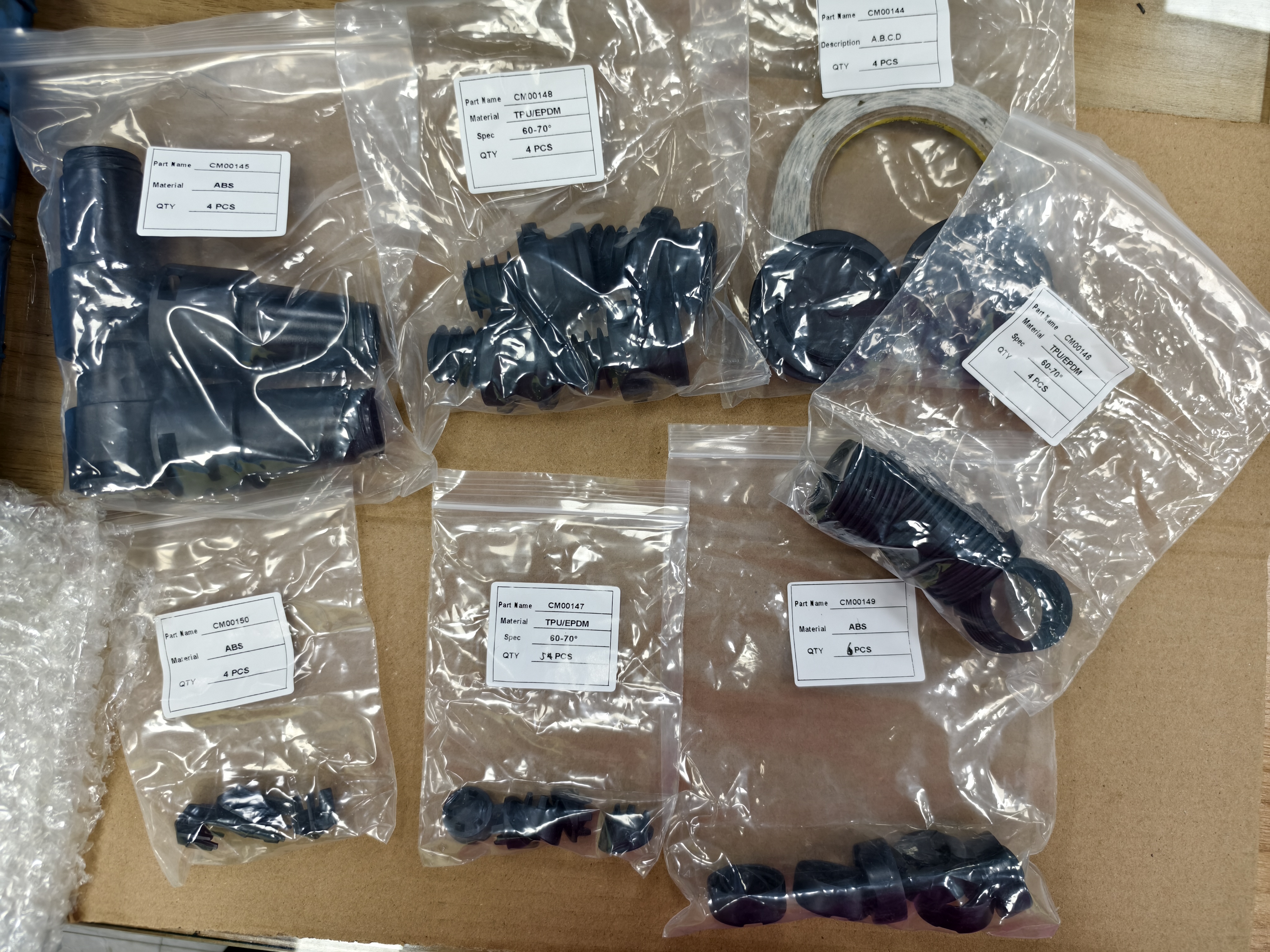A copying mold is a tool designed to replicate product designs. It is commonly used to create prototypes of plastic or metal components by placing a sample (original piece) into a mold and then pouring material (such as resin or silicone) to quickly generate copies similar to the original. It is widely used in prototype mold making and small-batch production.

Firstly need to prepare the sample, select the original piece to be copied, ensuring a smooth surface. Design the mold according to the shape and characteristics of the original piece. Use CNC machining or 3D printing technology to create the mold. Pour liquid material (like polyurethane or silicone) into the mold and allow it to cure. After curing, remove the copy from the mold and perform any necessary post-processing and finishing.
It has several advantages. Quickly produces high-quality prototypes, helping accelerate product development. Compared to traditional molds, copying molds are less expensive to produce, making them suitable for small-batch production. Can easily adjust designs based on varying requirements, ideal for rapid iteration.
With advancements in 3D printing technology, the efficiency and material choices for copying molds are expected to diversify, likely leading to increased applications in personalized and small-batch production.

